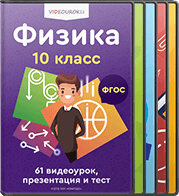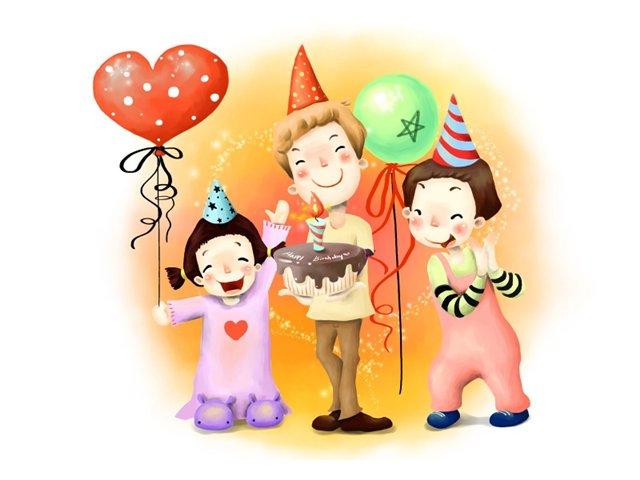Цель:
систематизировать знания учащихся по теме "Holidays".
Задачи:
1) образовательная:
повторение, закрепление и применение на практике лексической темы "Holidays", способствовать расширению кругозора учащихся.
2) воспитательная:
воспитывать уважение к другим народам, их обычаям, прививать любовь к изучаемому языку, стимулировать познавательный интерес, воспитывать умение осуществлять взаимоконтроль, эстетическое воспитание.
3) развивающая:
развитие навыков восприятия англоязычной речи на слух, письма, чтения, логического мышления, памяти, развитие речи, расширение активного и пассивного словаря учащихся, развитие навыков применения ЗУН в практической деятельности.
Оборудование: интерактивная доска, карточки.
Ход урока:
I. Начало урока:
1. Приветствие:
- Good - afternoon dear boys and girls. Today we shall speak about holidays in Great Britain.
2. Речевая зарядка:
Учащиеся отвечают на вопросы учителя.
What day is it today?
What date is it today?
What’s the weather like today?
What holidays do people celebrate in our country?
What British holidays do you know?
II Основная часть:
1. Фонетическая зарядка.
Teacher: Look at the blackboard! And repeat the following words after me.
Christmas, holidays, New Year tree, greeting cards, presents, first foot, Valentine Cards, Easter, commandment, to сelebrate, religious holiday, traditionally, to be connected with, holy, to introduce, old-fashioned, to observe, forgotten, to attend, ancient, huge.
2. Повторение темы: “Holidays in Great Britain”.
Учащиеся с помощью ручки рисуют стрелку от праздника к дате его проведения, проговаривая все вслух.
Match the holidays with the dates of their celebration.
Christmas Day
Easter Sunday
New Year’s Day
Mothering Sunday
Halloween
April Fools’ Day
Remembrance Day
St. Valentine’s Day in May
on the 14th of February
on the 31st of October
on the 25th of December
late March or early April
on the 11th of November
on the 31st of December/
on the 1st of January
on the 1st of April
3. Read the text.
Holidays in Great Britain.
There are only six public holidays (1) a year in Great Britain, that is, the days on which people need not go to work. They are: Christmas Day, Boxing Day, Good Friday, Easter Monday, Spring Bank Holiday and Late Summer Bank Holiday. Most of these holidays are of religious origin. All the public holidays, except Christmas Day and Boxing Day, are movable, they do not fall on the same day each year.
In England the New Year is not so widely celebrated as Christmas. Some people ignore it completely (2) and go to bed at the same time as usual on New Year’s Eve. Others celebrate it arranging either a family party or visiting the one’s arranged (3) by a group of young people. The type of celebration is varied very much according to local customs, family traditions and personal tastes. Another popular way of celebrating New Year is to go to New Year dance. Most hotels and dance halls hold a special dance on New Year’s Eve.
On February the 14th is St. Valentine’s Day, when boys and girls, sweethearts and lovers, husbands and wives, friends and neighbours exchange (4) greetings of affection (5) and undying love. But the tradition is to do it anonymously.
Mother’s day is traditionally celebrated on the first Sunday in Lent (6). On this holiday mother is rewarded for all her work about the house during the year. Her husband and children give her presents and traditionally bring her breakfast in bed.
Easter is also a time when certain old traditions are observed. It is the time ofgiving presents, and the Easter egg is the most popular emblem of this holiday. Nowadays Easter eggs are usually made of chocolate in Great Britain.
Tradition says that the Easter Bunny (rabbit) delivers these eggs. Easter cake is an iced fruitcake with a marzipan ring on the top.
On Late Summer Bank Holiday the townsfolk (7) usually flock (8) into the country arid to the coast. If the weather is fine, many families take a picnic-lunch or tea with them and enjoy their meal in the open air. It is also an occasion for big sports meetings.
Remembrance Day (Poppy Day) is celebrated throughout Britain in commemoration of the million or more British soldiers, sailors and airmen who lost their lives during the two World Wars.
Christmas Day (9) is observed on the 25th of December. On Christmas Eve in the homes there is a great air of expectation. Children decorate the fir-tree with tinsel (10), coloured lights and toys. The houses are decorated with holly and a bunch of mistletoe (11). The Christmas bird, nowadays usually a turkey, is cooked and stuffed (12) by housewives. It is followed by Christmas pudding, which is made with dried fruit and brandy. Sometimes a coin is put in the pudding as a surprise.
Весь материал - в документе.

 Получите свидетельство
Получите свидетельство Вход
Вход













 Разработка урока по английскому языку "Holidays in Great Britain" (72.73 КB)
Разработка урока по английскому языку "Holidays in Great Britain" (72.73 КB)
 0
0 4375
4375 703
703 Нравится
0
Нравится
0


